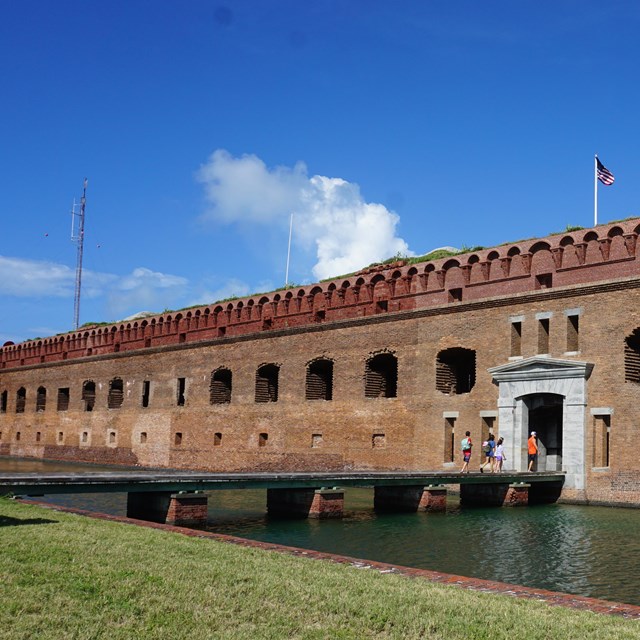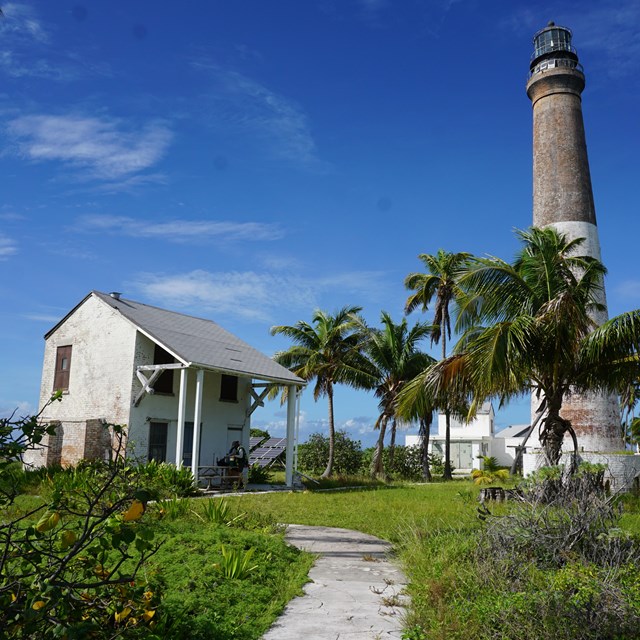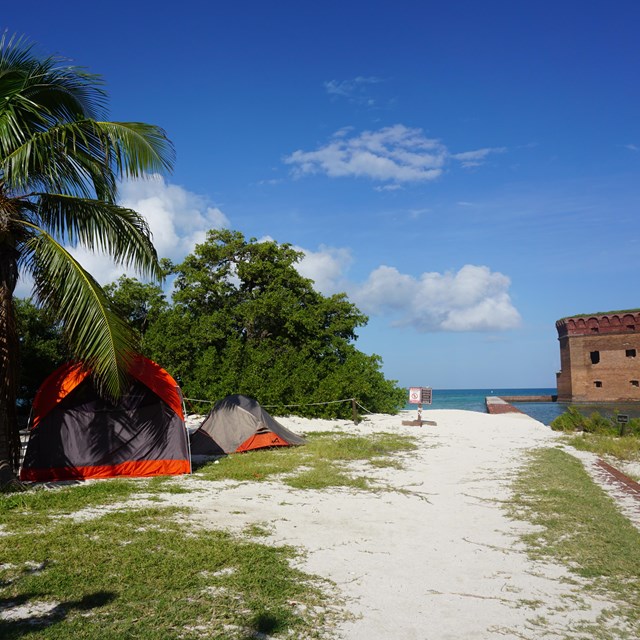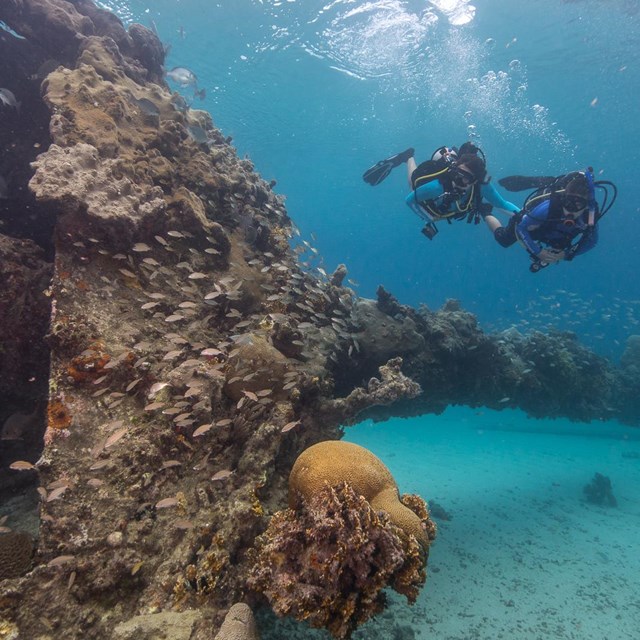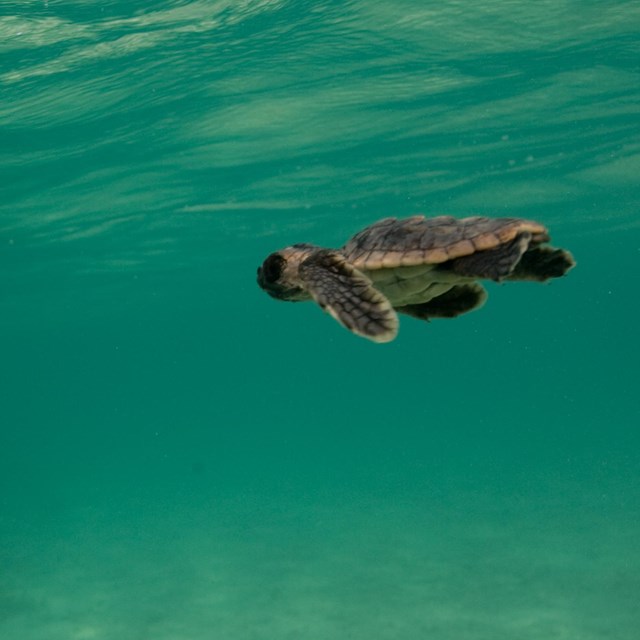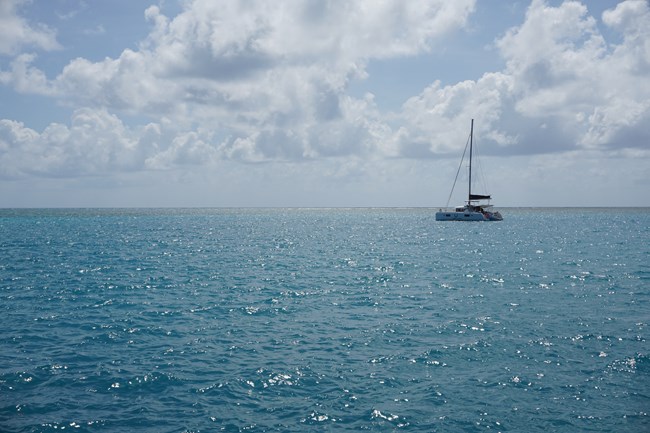
Bring Your Boat to Dry TortugasBringing your own boat to Dry Tortugas National Park will provide you with the most opportunities to explore this remarkable national treasure. Situated approximately 70 miles west of Key West, Florida, with no food, water, or fuel available in the park, proper planning is a must. Dry Tortugas National Park is filled with cultural artifacts that tell a rich and fascinating story of human exploration. Situated at the westernmost edge of the third largest coral reef system in the world, you are sure to discover some of the most pristine living coral and marine life found anywhere in the Florida Keys. Plan Your Boat TripBringing your own boat to Dry Tortugas National Park will provide you with the most opportunities to explore this remarkable national treasure. Situated approximately 70 miles west of Key West, Florida, with no food, water, or fuel available in the park, proper planning is a must. Entrance FeesIf you are planning on bringing a boat to the park, plan to arrive at Garden Key with cash to pay entrance fees for all those aged 16 years and older. You can also purchase a digital pass ahead of your visit by visiting Recreation.gov. NOTE: Entrance fees are not required for those simply transiting through the park without stopping. Camping on Garden KeyVisit our Camping page to ensure you have everything you will need. Helpful Boating TipsNever underestimate the weather when embarking on an open sea expedition. A sudden tropical storm can arise in the Gulf of America any day of the year. Generally speaking the summer season has the calmer rainier months, and the winter season brings high winds and dry weather.
The tidal change in South Florida may not seem like much compared to the tidal changes of New England, but they certainly make a difference in the shallow marine waters of the Dry Tortugas.
Dry Tortugas National Park is remote destination, no food, water, or fuel is available in the park. You must bring all provisions you will need for your entire journey to the park, at the park, and back home from the park. Please do NOT plan on "catching" your food. While fresh caught seafood is an excellent addition, you should not count on fishing to provide you with food. In addition to planning to bring enough provisions for the entire length of your expedition, you should also plan on bringing a few extra days' worth of food and water.
Pack it in, pack it out. Dry Tortugas National Park is a remote destination with no trash or recycling facilities available to the public.
You will have to travel across open-ocean, with no land in site, in order to reach Dry Tortugas National Park. You will need NOAA nautical charts 11438 and 11434 to safely navigate to and from the park.
Planning on camping? Learn more by visiting the camping page.
Overnight anchoring is only allowed in sandy bottom within 1 nautical mile of the Garden Key lighthouse (with the exception of the Special Protection Zones, see next paragraph). There is no anchoring allowed anywhere within the Research Natural Area (RNA). Within the RNA, mooring buoys are available for day use only for a maximum of 2 hours.
While you are free to explore most areas of the National Park, there are a few areas with special protection status and are thus off limits to visitors. These area include the "Shark Special Protection Zone", the "Coral Special Protection Zone", Bush Key during nesting season, and East Key, Middle Key, and Long Key are closed all year round.
No spearfishing or collecting of lobsters is allowed in the park, all spears must be dismantled and stowed away. If you have collected lobsters or speared fish outside of the National Park, you must radio in your catch to the park on channel 16 before entering National Park waters. Firearms are prohibited inside any government building.
Recommendations and Suggestions
Helpful Boating Tips Never underestimate the weather when embarking on an open sea expedition. A sudden tropical storm can arise in the Gulf of America any day of the year. Generally speaking the summer season has the calmer rainier months, and the winter season brings high winds and dry weather.
|
Last updated: February 24, 2025

